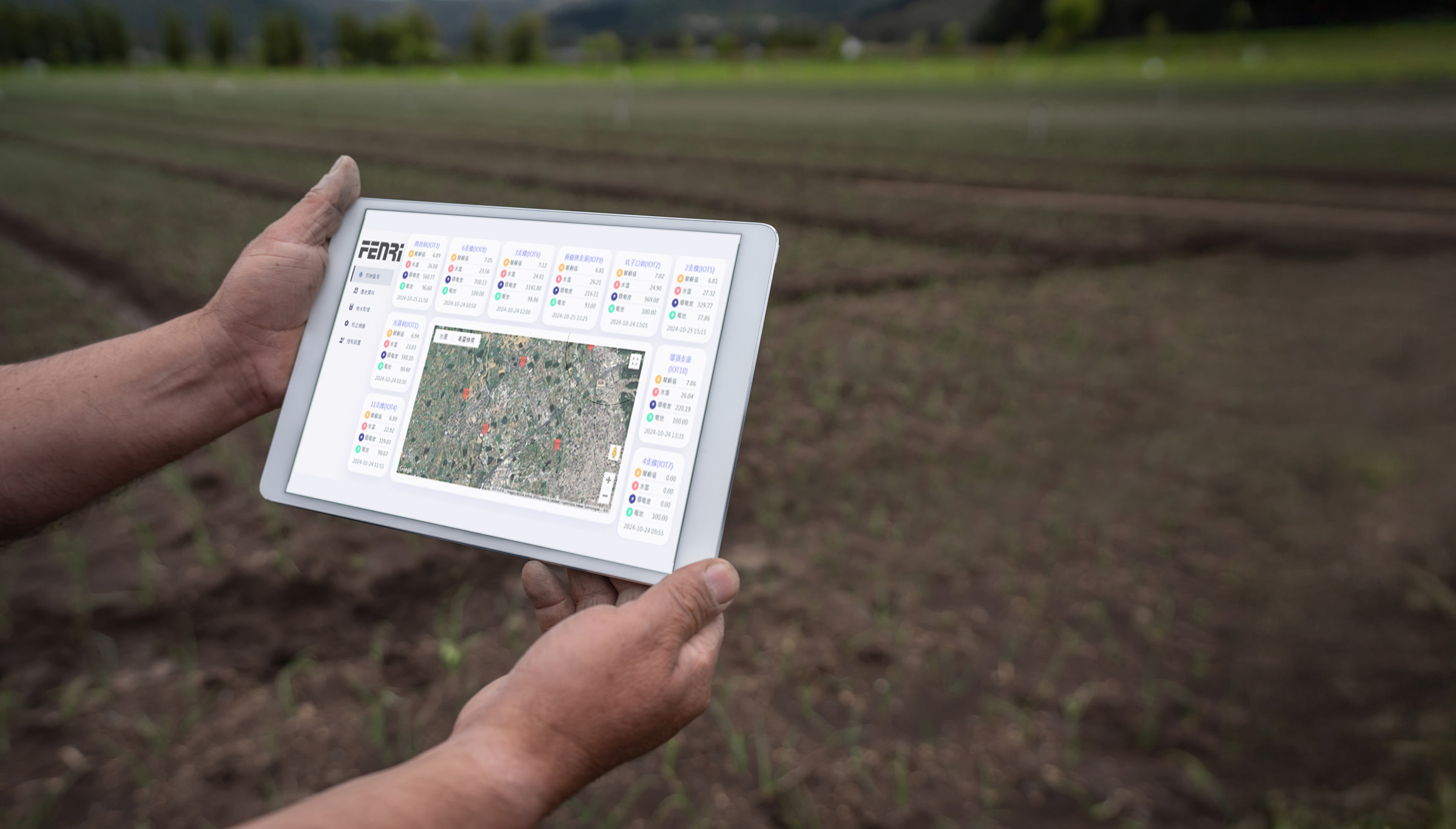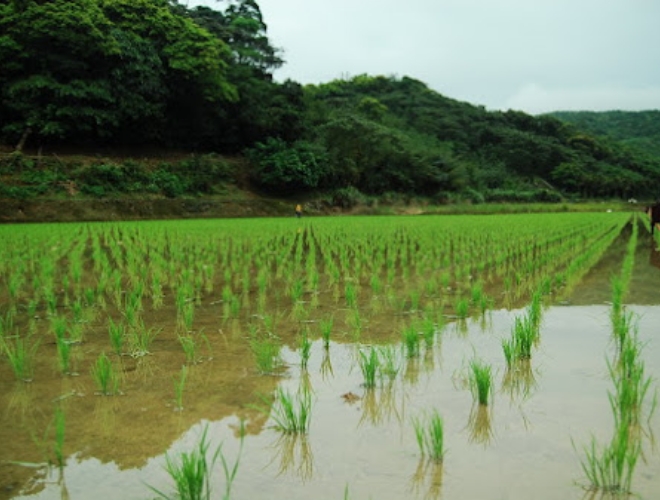
Project Information
Service Orientation
Industry Categories
SDGs

TARGET 6.4
Increase Water-Use Efficiency and Ensure Freshwater Supplies

TARGET 6.5
Implement Integrated Water Resources Management
Project Background
Many important agricultural areas in Taiwan lack reservoir water storage facilities and need to rely on regional drainage as irrigation water sources when water resources are insufficient. However, this return irrigation method may be affected by wastewater discharged by upstream institutions, resulting in water pollution, further threatening the health of farmland soil and the quality of crop growth.
In order to meet this challenge, monitoring and management of irrigation water sources are carried out, and farmland soil protection measures are actively promoted to lay the foundation for sustainable agricultural development.


Solution Highlights
This program combines big data technology with water quality monitoring to comprehensively understand the pollution transmission pathways from upstream to downstream of the basin, accurately locate pollution hotspots, and formulate tailored improvement strategies based on the characteristics of different channels. It provides innovative risk control suggestions, demonstrates scientific and refined farmland pollution prevention and control capabilities, effectively promotes sustainable agricultural development, and sets a new benchmark for farmland health and food security.
Overcoming challenges
In response to the pollution of irrigation water sources, we use big data to analyze the characteristics of irrigation channels, select key channels for research, and understand the pollution transmission path and impact. At the same time, we evaluate the impact on soil based on water quality characteristics, and propose risk control strategies and water quality improvement suggestions. The system can automatically collect water when water quality is abnormal, respond quickly and deal with pollution, and successfully cope with the challenges of water quality monitoring and pollution prevention.




Results and Benefits
Through the implementation of this project, the pollution sources in irrigation water were successfully identified and improved, effectively reducing the risk of re-contamination of farmland, and providing specific suggestions for farmland management and emergency decision-making. Not only did it improve soil quality, it also rebuilt farmers' confidence in farming, ensured food security and quality, and ultimately promoted the health of the whole people and sustainable development of agriculture.










